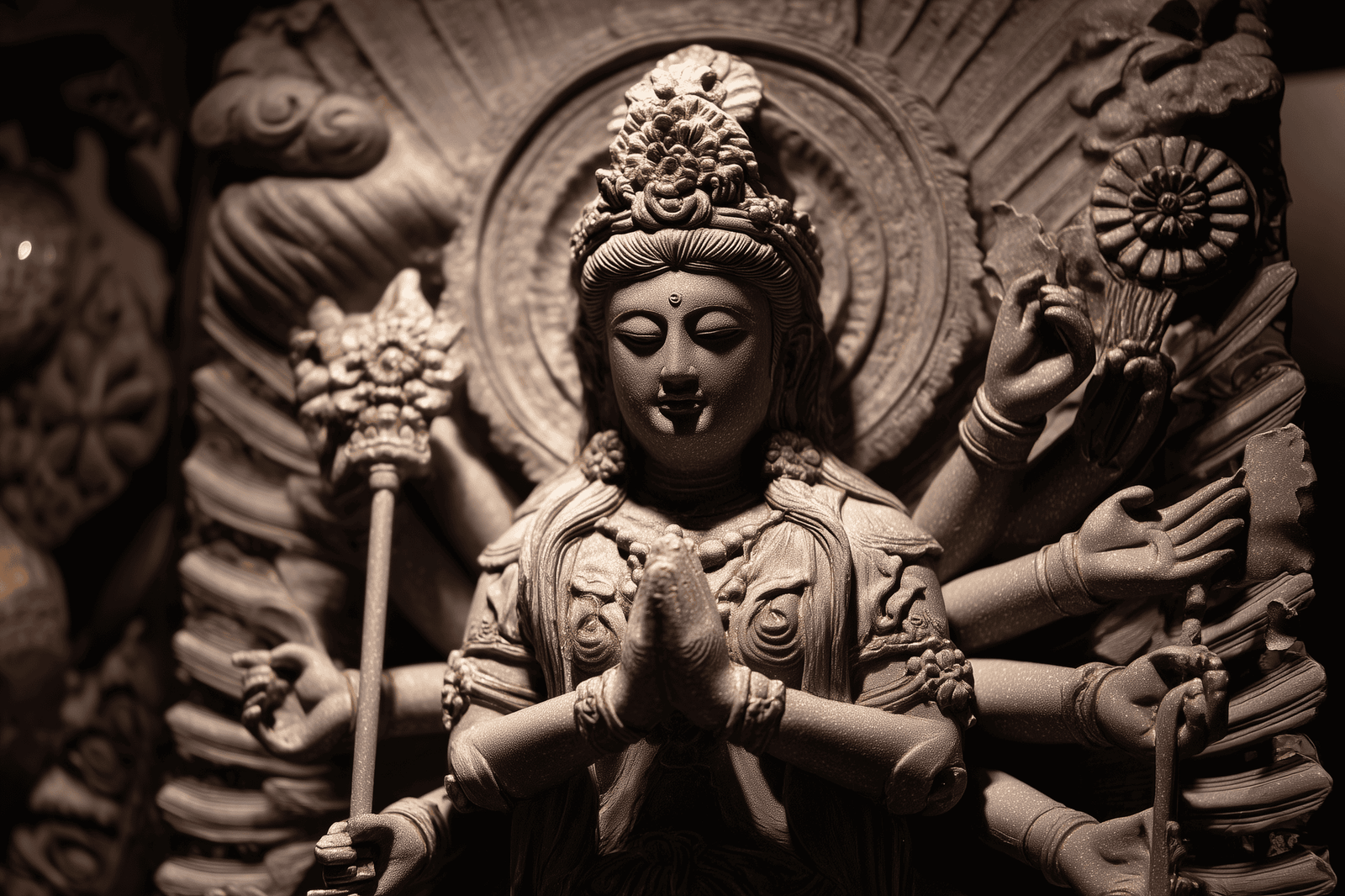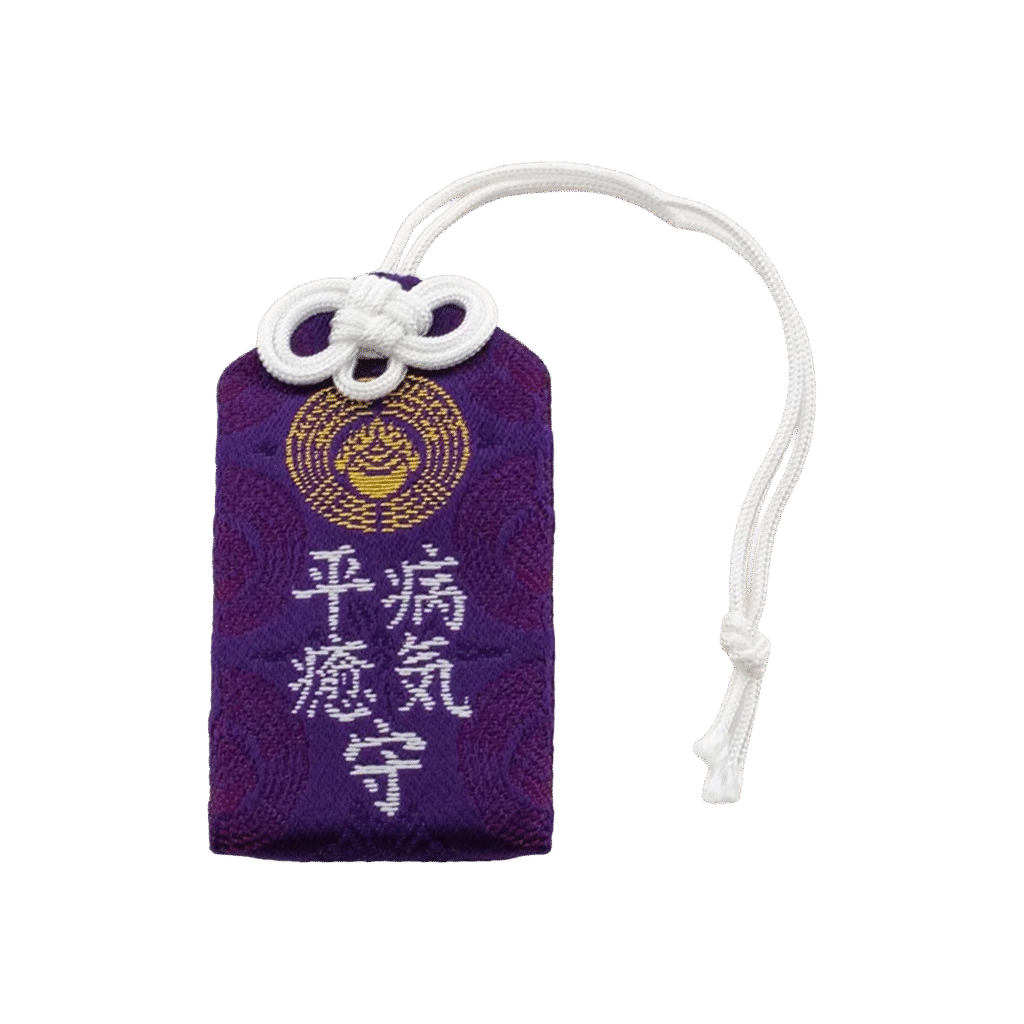In temples, on mountain slopes, by the roadside, or inside homes, one figure appears again and again in Japanese imagery: Kannon, the goddess of compassion. More than just a deity, she represents a benevolent, protective presence deeply rooted in Japanese culture. But who is she? And why is she so beloved in Japan? Let’s explore this spiritual figure with a thousand faces.
Indian Origins, a Japanese Heart
Kannon originates from Indian Buddhism, where she was known as Avalokiteshvara, a bodhisattva (enlightened being) who vowed not to enter nirvana until all beings are saved from suffering. In China, she became Guanyin, often portrayed as female. It is this feminized form that spread widely in Japan, where she is known as Kannon (観音) or Kanzeon.
In Japan, Kannon isn’t just a copy of a foreign model. She evolved into a uniquely Japanese figure, embraced in rituals, art, and daily life. Today, she is one of the most revered spiritual icons in the country.
A Thousand Forms of Compassion
One of the most fascinating aspects of Kannon is her ability to manifest in 33 different forms, depending on the needs of those who pray to her. Some of the most well-known include:
- Jūichimen Kannon (十一面観音): Kannon with eleven faces, to see suffering from all angles.
- Senju Kannon (千手観音): Kannon with a thousand arms, to help all living beings.
- Nyoirin Kannon (如意輪観音): A meditative form, often worshipped for healing and prosperity.
There are also local forms that blend with Shintō or folk beliefs, such as Koyasu Kannon, protector of childbirth, or Jibo Kannon, associated with maternal love.
Major Places of Worship
Japan is full of temples dedicated to Kannon, some of which have become major pilgrimage sites:
- Sanjūsangendō (Kyoto): Famous for its 1,001 statues of Kannon, each slightly different.
- Kiyomizudera (Kyoto): An iconic cliffside temple, where visitors pray for love, health, or success.
- Hase-dera (Kamakura): A beautiful temple housing a large gilded wooden statue of Eleven-Faced Kannon.
- Kannon-ji (Shikoku): One of the 88 temples of the Shikoku Pilgrimage, dedicated to Kannon.
There’s even a pilgrimage specifically dedicated to her, the Saigoku Kannon Pilgrimage, a route of 33 temples across the Kansai region, each representing one of Kannon’s forms.
Kannon in Popular Culture
Kannon isn’t limited to temples. She’s also made her way into Japanese pop culture. In manga, anime, and video games, she is sometimes depicted directly (such as in Saint Seiya or Naruto), or represented through characters inspired by her attributes. Even in modern urban areas like Tokyo, it’s not uncommon to see a statue of Kannon at the entrance of a building or tucked into a small roadside shrine. She quietly watches over a world constantly in motion.
A Deity for Everyone
Kannon does not judge. She listens to all prayers, whether from devoted Buddhists or passers-by seeking comfort. That may be why she’s so beloved, she embodies universal compassion, without dogma or conditions. In a harsh and demanding world, she offers a comforting presence. People come to her during times of doubt, grief, or loneliness. She may not promise dramatic miracles, but she offers inner peace and solace.
Why Does She Still Speak to So Many?
Kannon transcends time, culture, and religious shifts. In today’s modern Japan, where spirituality and technology coexist, she remains deeply respected and instinctively loved. Perhaps it’s because she doesn’t demand or command. She welcomes. She listens. In a fast-paced, competitive, often judgmental world, Kannon is the one who embraces, understands, and forgives.
Whether you’re spiritual or simply curious, it’s impossible to travel through Japan without encountering the serene gaze of a Kannon statue. She reminds us that in a noisy and confusing world, compassion remains a quiet but unstoppable force.







